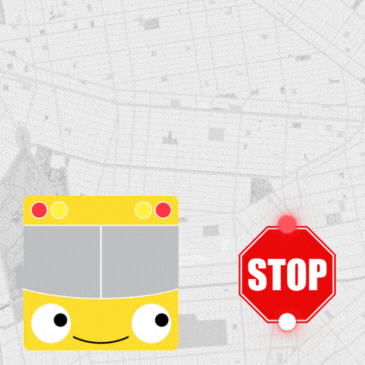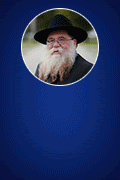From the Safer Haminhagim: [Every day from Rosh Chodesh Nissan until the twelfth of the month, usually after Shacharis,] one reads the passage [from Bamidbar 7-8:4] that describes the offering brought on that day by a particular Nasi, or tribal prince, for the dedication of the altar of the Mishkan. [In common parlance, each day's passage itself is often referred to as “the Nasi.”] This daily reading is followed by the prayer which opens with the words yehi ratzon (and which appears in Siddur Torah Or [as well as in Siddur Tehillat HaShem, p. 371]). This prayer is recited even by a Kohen or a Levi [despite its seeming relevance only to tribes other than the Tribe of Levi]. [284]
Did you say the ‘Nasi’ Today? (Yom Hey)
From the Safer Haminhagim: [Every day from Rosh Chodesh Nissan until the twelfth of the month, usually after Shacharis,] one reads the passage [from Bamidbar 7-8:4] that describes the offering brought on that day by a particular Nasi, or tribal prince, for the dedication of the altar of the Mishkan. [In common parlance, each day’s passage itself is often referred to as “the Nasi.”] This daily reading is followed by the prayer which opens with the words yehi ratzon (and which appears in Siddur Torah Or [as well as in Siddur Tehillat HaShem, p. 371]). This prayer is recited even by a Kohen or a Levi [despite its seeming relevance only to tribes other than the Tribe of Levi]. [284]
Footnotes: [284] HaYom Yom, p. 41. (According to the instructions given for this reading in Siddur Torah Or and Tehillat HaShem, on the thirteenth of Nissan one should read [the summarizing paragraph which begins] zos chanukas mizbeiach (i.e., from Bamidbar 7:84 to 8:4). This would appear to be an oversight, because in his Shulchan Aruch (429:15) the Alter Rebbe writes that on the thirteenth day one should read from [the beginning of] Parshas Behaalos’cha until kein asah es hamenorah (i.e., Bamidbar 8:1-4), a passage that corresponds to the Tribe of Levi. – The above comment is among the last of the notes with which R. Avraham Chayim Naeh introduces his Piskei HaSiddur.) The actual practice to be followed requires clarification.















cc
thank you for the daily reminders!
PLEASE CHANGE BACKGROUND
Thank you for reminding me and thank you for posting it.
Please “lighten up the “crownhightsinfo” background, it makes it very hard to read.
Again Thanks for doing this
CR
The Sefer Minhagim sections here are very informative. I have always wondered why people recited the portion of the Menorah on Zos Chanukas Hamizbeiach since, seemingly, that section has nothing to do with the Nesi’im. I did not realize it is added in order to include a day for Sheivet Levi. Thanks for providing that piece of information.